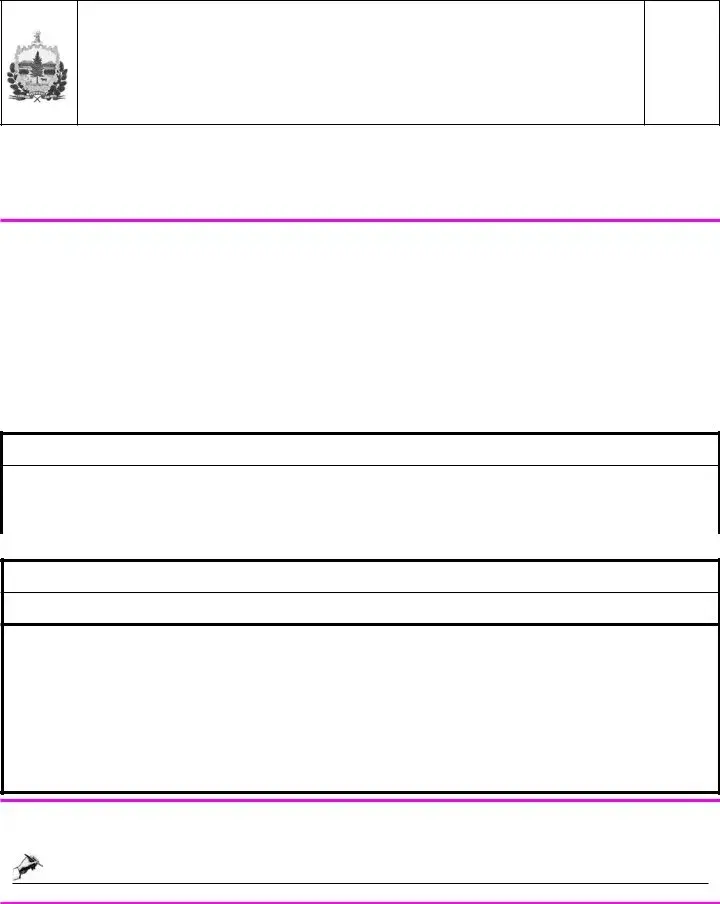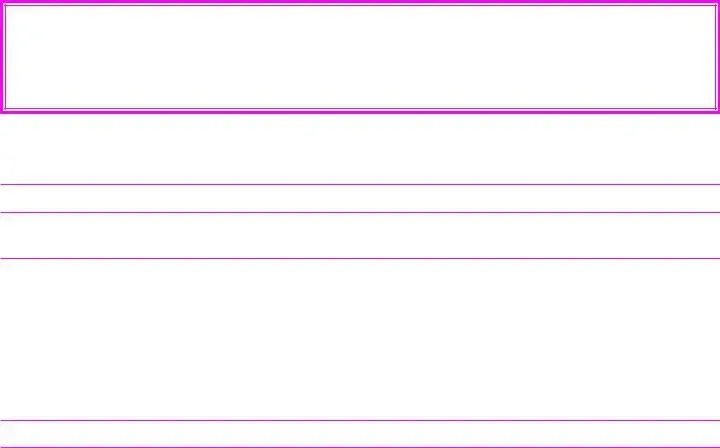FORM S-3M Instructions
Vermont Sales Tax Exemption Certificate for
Manufacturing, Publishing, Research & Development, or Packaging
General Information
Please print in BLUE or BLACK ink only.
Tangible personal property is property which can be seen, touched, and measured.
The term “distributor” does not include retailers selling directly to the ultimate consumer. Retail stores of all kinds and restaurants are not included in the terms “manufacturer” or “distributor.”
Tangible personal property that becomes an ingredient or component part of, or is consumed or destroyed in the manufacture of property for sale is exempt. Further, machinery and equipment used in or
consumed as an integral or essential part of an integrated production operation by a manufacturing plant is exempt. Where manufacturing begins and ends is described in 32 V.S.A. § 9741(14). Pre- manufacturing and post-manufacturing do not qualify for this exemption except for machinery used for packaging and quality control – this machinery is exempt even if used after the manufacturing process is complete. Examples of activities not qualifying include procuring raw materials, storing raw materials and finished goods, and administrative business operations.
Form S-3F should be used for purchases of fuel or electricity used directly or indirectly in manufacturing.
Accepting an Exemption Certificate in “Good Faith”
The buyer must present to the seller an accurate and properly executed exemption certificate for the exempted sale. The responsibility is on the seller to determine if the buyer is submitting the exemption certificate in “good faith.” This requires the seller to be familiar with Vermont Sales and Use Tax law and regulations, including exemptions, that apply to the seller’s business. If the buyer provides a certificate that is not valid, i.e., the item purchased does not qualify for the exemption, this is not in good faith and the seller should not accept the certificate. When the seller accepts the certificate in good faith, the seller is not liable for collecting and remitting Vermont Sales Tax.
An exemption certificate is received at the time of sale in good faith when all of the following
conditions are met:
•The certificate contains no statement or entry which the seller knows, or has reason to know, is false or misleading.
•The certification is on an exemption form issued by the Vermont Department of Taxes or a form with substantially identical language.
•The certificate is signed, dated and complete (all applicable sections and fields completed).
•The property purchased is of a type ordinarily used for the stated purpose, or the exempt use is explained.
Form S-3M Instructions


